 Virtual Adultery and Cyberspace Love is a documentary originally screened in early 2008 on the BBC. It’s worth remembering that context, as regular Second Life residents may find watching a little frustrating otherwise.
Virtual Adultery and Cyberspace Love is a documentary originally screened in early 2008 on the BBC. It’s worth remembering that context, as regular Second Life residents may find watching a little frustrating otherwise.
The documentary follows people who’ve met in Second Life, and the ramifications that has had on their real world relationships. I’ve seen about half of the total content of the documentary and overall I’d say it’s worth a watch, but it’s not as engaging as say the local Alter Ego.
The more discerning Second Life resident will be dismayed at how there’s yet another tawdry and narrowly focused portrayal of life in-world. For me, it was a two-sided experience: annoyance at some of the portrayals but also an acceptance that as a documentary it certainly captured the emotions of the people involved.
Virtual Adultery and Cyberspace Love screens tonight on SBS at 10pm AEDT.

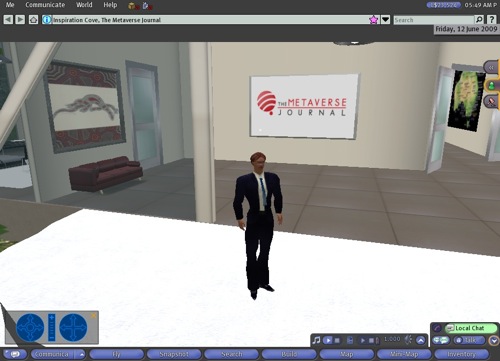
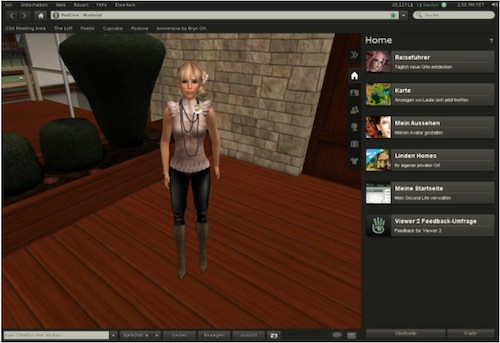



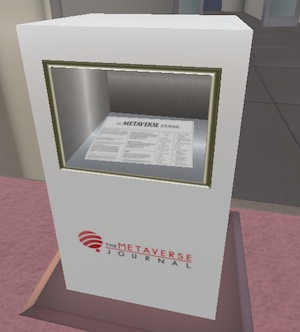
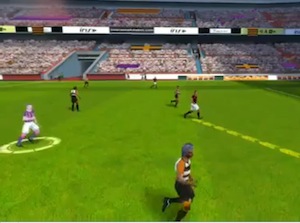

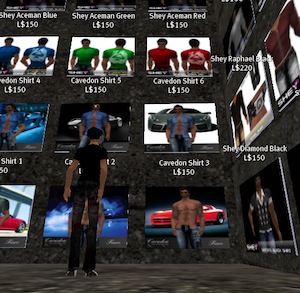
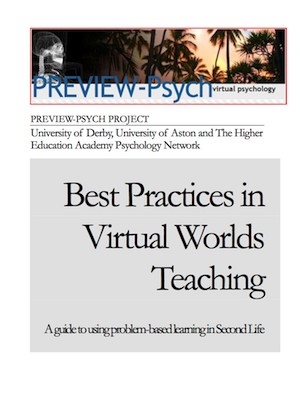
Recent Comments